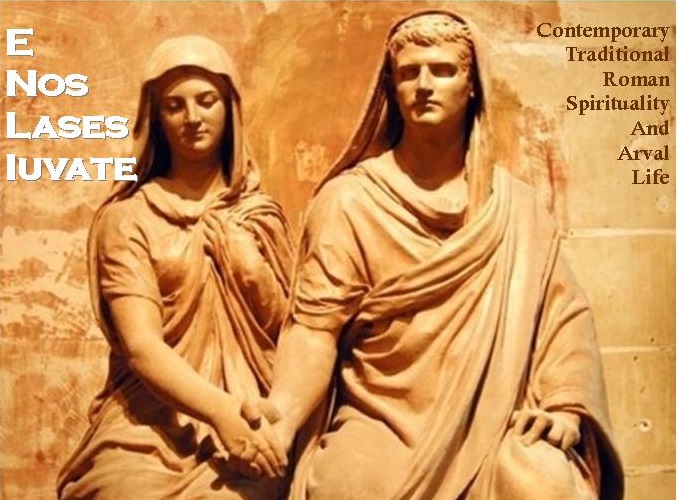December 25th is dedicated to "Sol Invictus" (Invincible Sun) celebrating the perpetual light's vitality.
This is a particularly old festivity already known and celebrated by ancient egyptians: divine energy "Earth's Heart" or "Intelligent Light" flows into a sacred cone shaped stone (Betilus - Gods' See) or in black stones or flash stones.
Sol Invictus was a special protector of the Emperor and the entire Roman Empire.
In this day an omnipotent, eternal and universal single sole God is celebrated whose most splendid manifestation is the Sun. This Great One has the Substance which Gods are formed of.
For this reason, christianity took possession of this ancient pagan festivity making it coincide with Christmas and the Jesus' birth.
This is a particularly old festivity already known and celebrated by ancient egyptians: divine energy "Earth's Heart" or "Intelligent Light" flows into a sacred cone shaped stone (Betilus - Gods' See) or in black stones or flash stones.
Sol Invictus was a special protector of the Emperor and the entire Roman Empire.
In this day an omnipotent, eternal and universal single sole God is celebrated whose most splendid manifestation is the Sun. This Great One has the Substance which Gods are formed of.
For this reason, christianity took possession of this ancient pagan festivity making it coincide with Christmas and the Jesus' birth.
